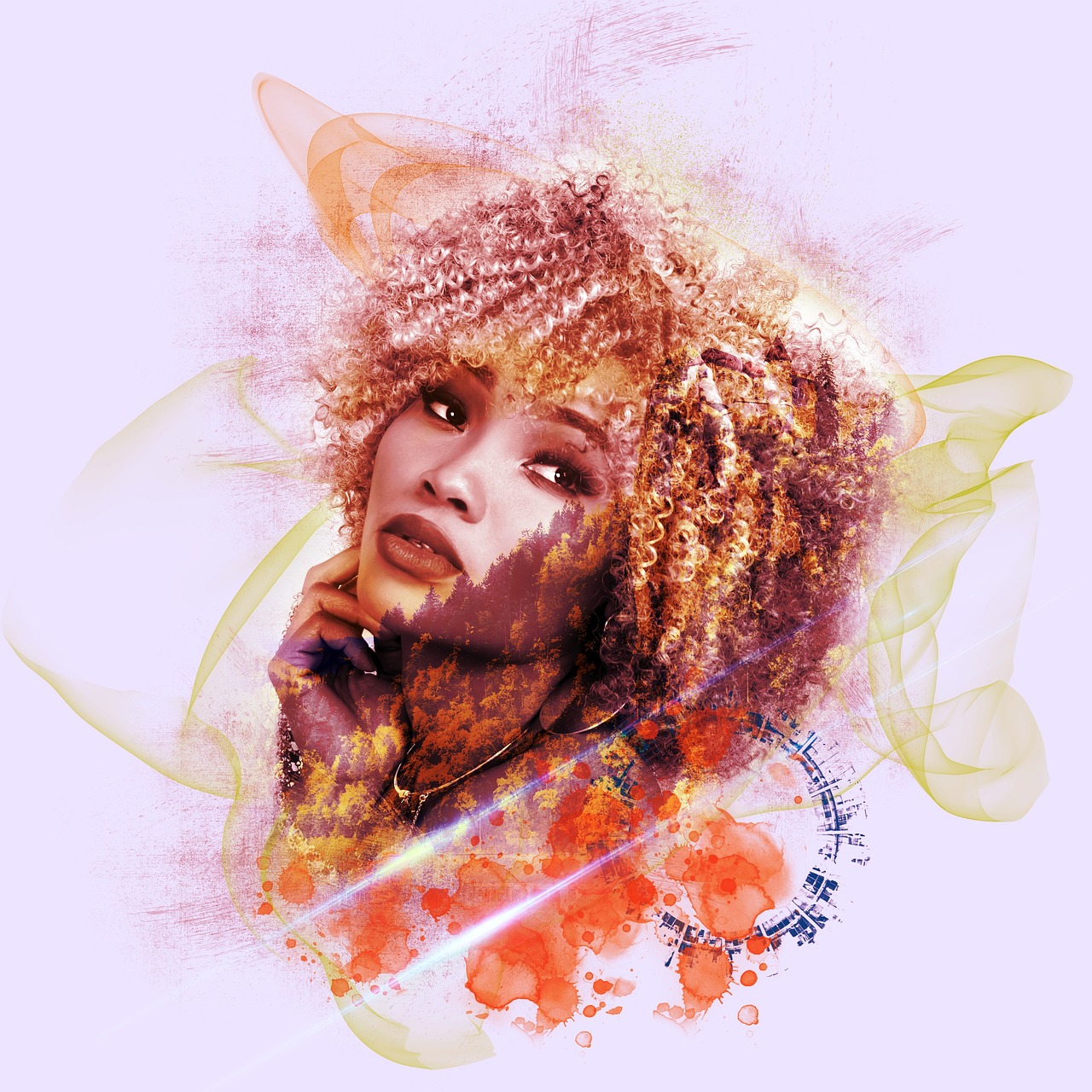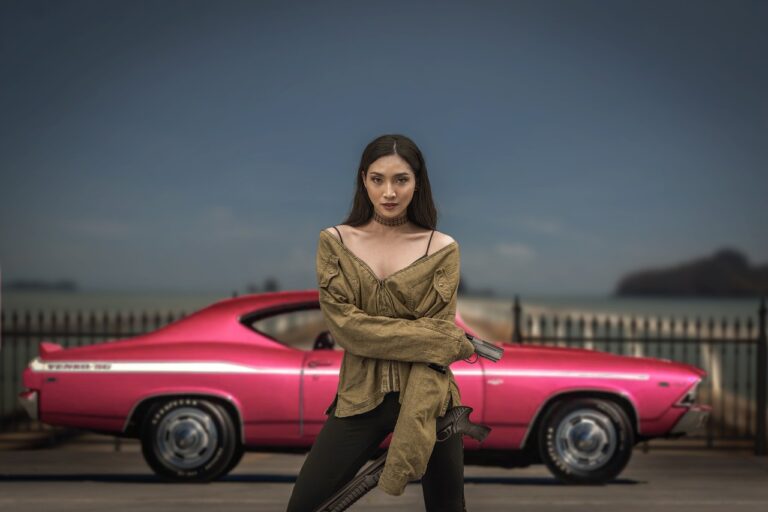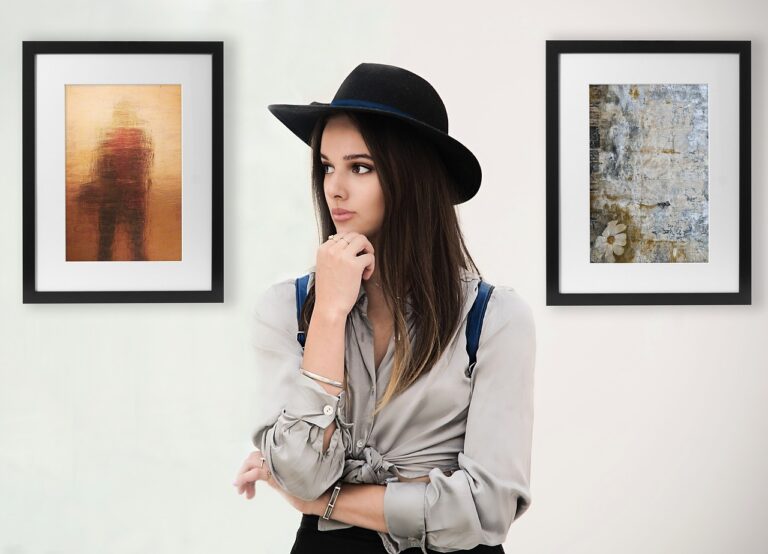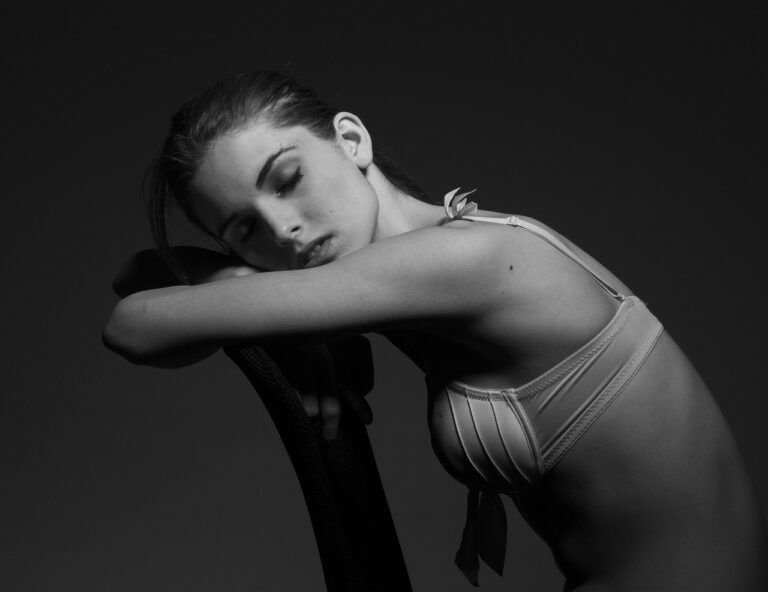Formal Wear Fashion in Historical Manuscripts: Descriptions and Illustrations
11xplay pro login, tigerexch247 live, betbook.com:Formal Wear Fashion in Historical Manuscripts: Descriptions and Illustrations
Have you ever wondered what people wore to formal events centuries ago? Historical manuscripts provide us with fascinating insights into the fashion of bygone eras, showcasing the intricate details and styles of formal wear that were popular at the time. Let’s take a journey through history and explore the descriptions and illustrations of formal wear fashion in historical manuscripts.
1. Medieval Fashion: The Time of Knights and Nobles
In medieval manuscripts, we often see depictions of knights in shining armor and noblewomen in elaborate gowns. Men wore tunics, breeches, and mantles, while women donned flowing dresses with tight bodices and exaggerated sleeves. Colors were rich and vibrant, with fabrics like velvet and silk being reserved for the elite.
2. Renaissance Elegance: A Time of Opulence and Ornamentation
During the Renaissance period, formal wear became even more extravagant. Men wore doublets, hose, and ruffs, while women opted for voluminous skirts, corsets, and intricate headpieces. Embroidery, lace, and jewels were used to embellish garments, making them works of art in their own right.
3. Baroque Splendor: Luxurious Fabrics and Lavish Embellishments
In the Baroque era, formal wear reached new heights of opulence. Men wore elaborate coats, waistcoats, and breeches, often embroidered with gold thread and adorned with lace and ribbons. Women’s dresses featured elaborate drapery, intricate embroidery, and cascades of lace and ribbon trimmings.
4. Victorian Elegance: A Return to Simplicity and Sophistication
The Victorian era saw a shift towards more tailored and structured formal wear. Men sported tailcoats, trousers, and waistcoats, while women embraced the hourglass silhouette with corsets, crinolines, and bustles. Dark, somber colors like black and navy were favored for formal occasions.
5. Roaring Twenties: The Era of Flappers and Jazz Age Glamour
In the 1920s, formal wear took on a new look with the rise of the flapper. Women wore drop-waist dresses with beaded embellishments and feathered headpieces, while men favored tuxedos and bow ties. The emphasis was on dancing, music, and socializing, with fashion reflecting the carefree spirit of the Jazz Age.
6. Mid-Century Modern: Clean Lines and Tailored Silhouettes
In the mid-20th century, formal wear became more streamlined and understated. Men wore suits with sharp lapels and slim trousers, while women opted for cocktail dresses and sheath gowns. Fabrics like satin and chiffon were popular choices for formal occasions.
FAQs:
Q: How accurate are the illustrations of formal wear in historical manuscripts?
A: While historical manuscripts provide valuable insights into the fashion of the past, it’s important to remember that illustrations may be idealized or exaggerated for artistic purposes.
Q: Are there specific fabrics that were commonly used for formal wear in historical manuscripts?
A: Yes, fabrics like velvet, silk, satin, and brocade were popular choices for formal wear in historical manuscripts, especially among the upper classes.
Q: Did men’s formal wear change significantly over the centuries?
A: Yes, men’s formal wear evolved significantly over the centuries, reflecting changes in social norms, cultural influences, and technological advancements in textile production.
In conclusion, historical manuscripts offer a treasure trove of information on formal wear fashion throughout the ages. From medieval knights to Victorian gentlemen and flapper girls, these illustrations and descriptions provide a glimpse into the sartorial splendor of the past, inspiring us to appreciate the beauty and complexity of historical fashion.







